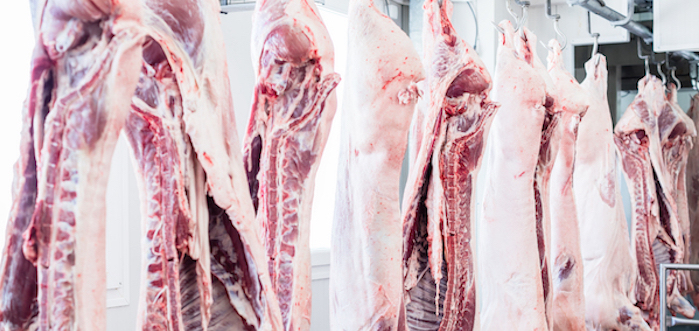EU pig meat production is expected to increase slightly in the next few years, but decline back to 2017 levels by 2030, according to the latest medium-term outlook published by the EU.
World population and income growth are projected to drive higher global meat demand, with world meat consumption forecast to increase by 14% between 2017 and 2030. EU meat consumption per capita however, is expected to stabilise before declining slightly, following a recovery since the economic crisis.
The marginal forecast increase in pigmeat production therefore, will be solely driven by export demand. Environmental issues surrounding pigmeat production are also likely to remain, predominantly concerning manure management.
Elevated exports to China caused pig meat prices to rise in 2016 and 2017, driving production volumes. The recovery of the domestic Chinese pork sector is expected to have a depressive effect on Chinese import demand in the near future, but China will sustain its position as the largest market, and its influence on international trade will remain high.

The outlook suggests significant differences in production trends between member states; EU pig meat production is expected to decrease by less than 1% by 2030 in the EU-15, while increasing by almost 7% in the EU-N13.
Although encouraging feed prices should support production moving towards 2030, stabilising EU consumption and competition on the world market is expected to limit growth somewhat. EU prices are expected to stay firm over the outlook period, closely following changes in the world market, although price competition with the US and Brazil will be sustained.
By way of comparison, world import demand for poultry meat is expected to increase by 3.2 million tonnes compared to 2017, reaching 15.5 million tonnes in 2030, driven by growing markets in Asia and the Middle East. Conversely, beef production and consumption are expected to fall.
To read more of the EU medium-term outlook, click here




